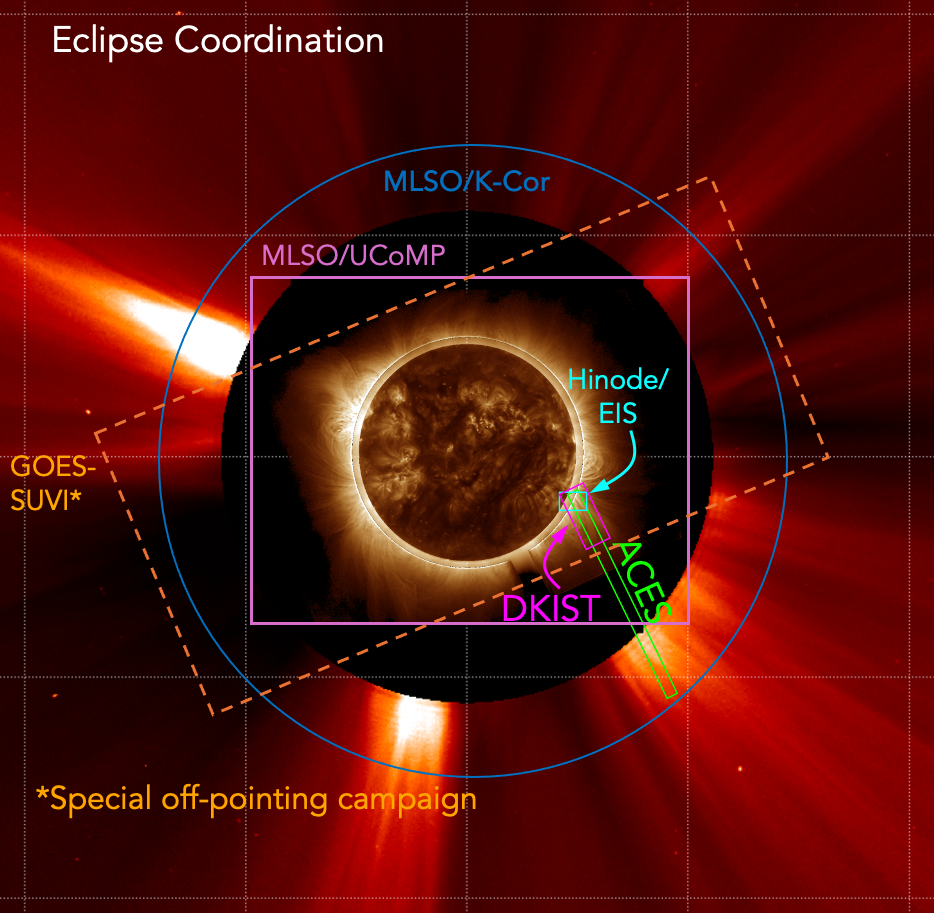Authors: Y. J. Rivera (Center for Astrophysics | Harvard & Smithsonian), J. Samra (Center for Astrophysics | Harvard & Smithsonian), S. T. Badman (Center for Astrophysics | Harvard & Smithsonian), B. Berkey (High Altitude Observatory | NSF NCAR) C. Bethge (Cooperative Institute for Research in Environmental Sciences), P. Bryans (High Altitude Observatory | NSF NCAR), J. Burkepile (High Altitude Observatory | NSF NCAR), E. DeLuca (Center for Astrophysics | Harvard & Smithsonian), G. de Toma (High Altitude Observatory | NSF NCAR), G. Del Zanna (University of Cambridge), C. Downs (Predictive Science Inc.), R. French (National Solar Observatory) M. Janvier (European Space Agency), D. A. Lacatus (High Altitude Observatory | NSF NCAR), Xianyu Liu (University of Michigan), Weihao Liu (University of Michigan), C. Madsen (Center for Astrophysics | Harvard & Smithsonian), M. Molnar (High Altitude Observatory | NSF NCAR), W. Manchester IV( University of Michigan), A. Paraschiv (National Solar Observatory), K. Reardon (National Solar Observatory), B. Reese (NOAA), T. Schad (National Solar Observatory), D. B. Seaton (Southwest Research Institute), S. Superczynski (NOAA), J. Szente (University of Michigan), A. Tritschler (National Solar Observatory)
North America experienced a total solar eclipse on 2024 April 8, crossing over several parts of Mexico, the United States, and Canada. The excitement of the eclipse brought people from around the world to the path of totality for a glimpse of the solar corona while many scientists and members of the community capitalized on the opportunity to carry out eclipse experiments along the path. This poster presents the results from a coordinated effort in partnership with several ground (DKIST, Mauna Loa Solar Observatory UCoMP and K-Cor), airborne (ACES), space (Solar Orbiter, Hinode/EIS) -based instrument teams and modeling groups (University of Michigan, Predictive Science Inc.) organized around eclipse activities. The eclipse team organized a campaign to coordinate near-contemporaneous multi-wavelength observations during the eclipse with instruments across the near-infrared, visible, and extreme ultraviolet (EUV). We discuss ongoing work to examine observations taken in the corona to derive detailed plasma conditions, elemental composition, and magnetic field properties. We also discuss a fortuitous spacecraft alignment with Parker Solar Probe, Solar Orbiter, and Earth-based observations that will enable a connection between the corona and inner heliosphere.


